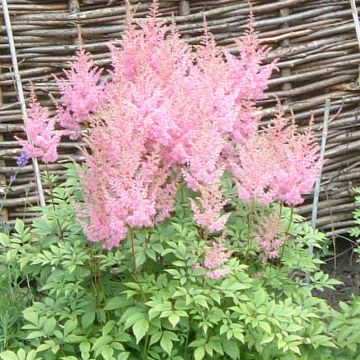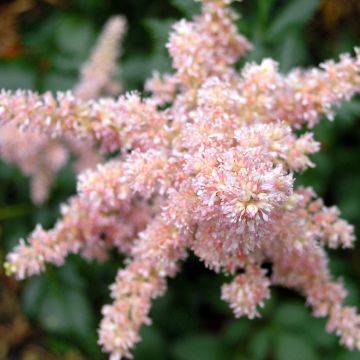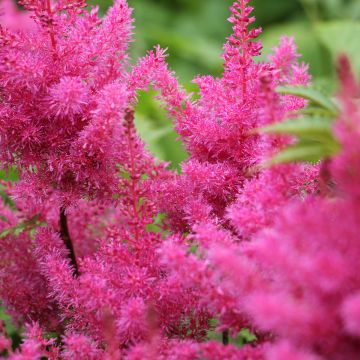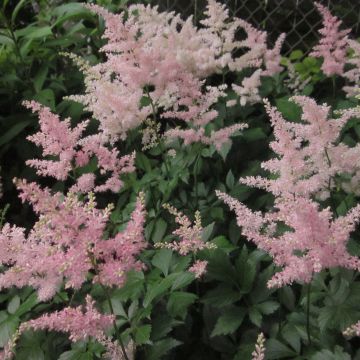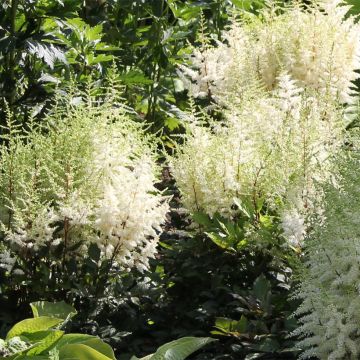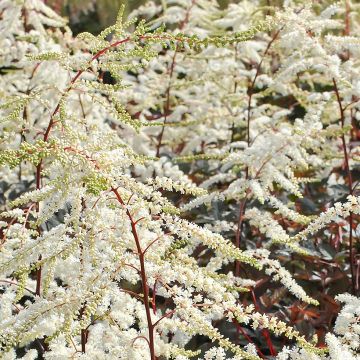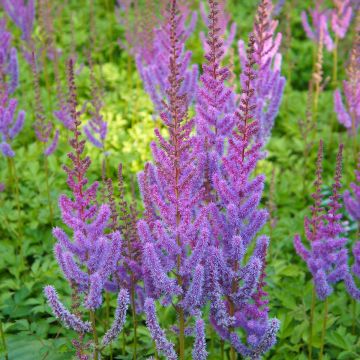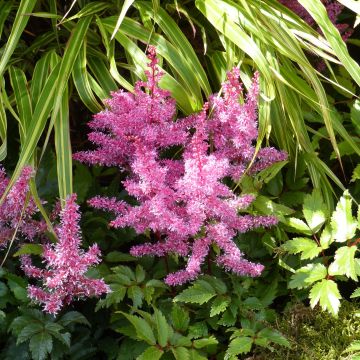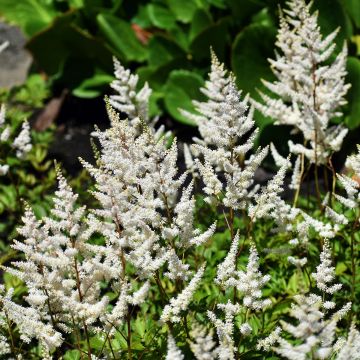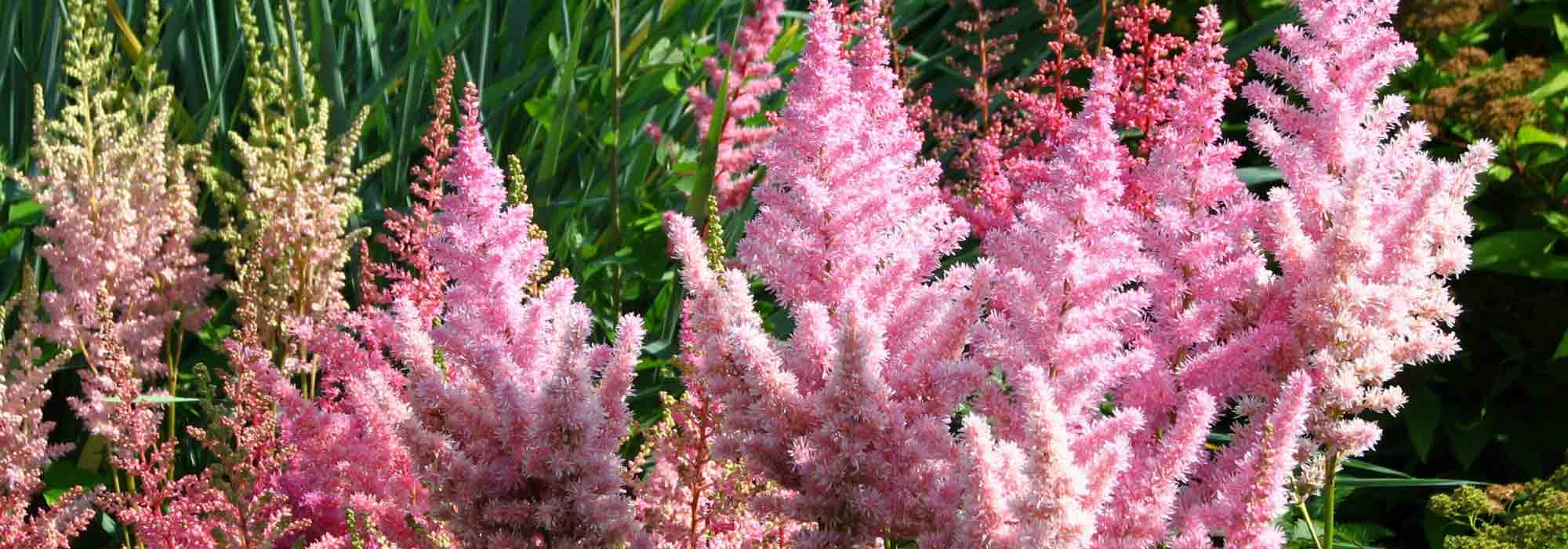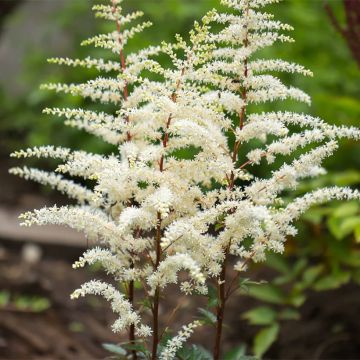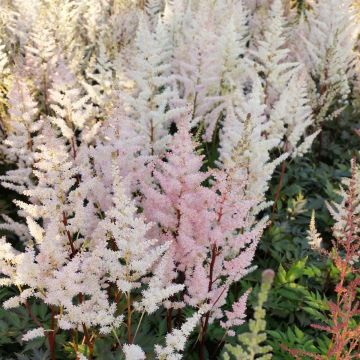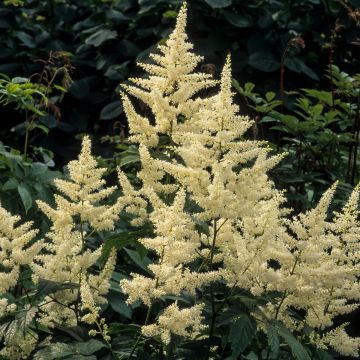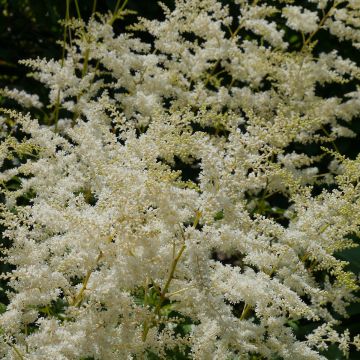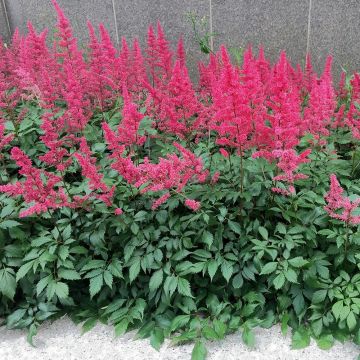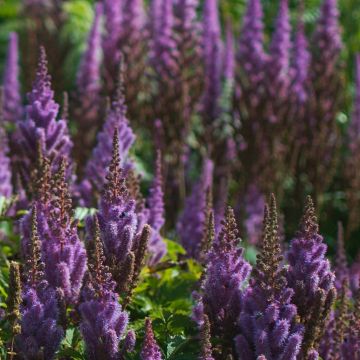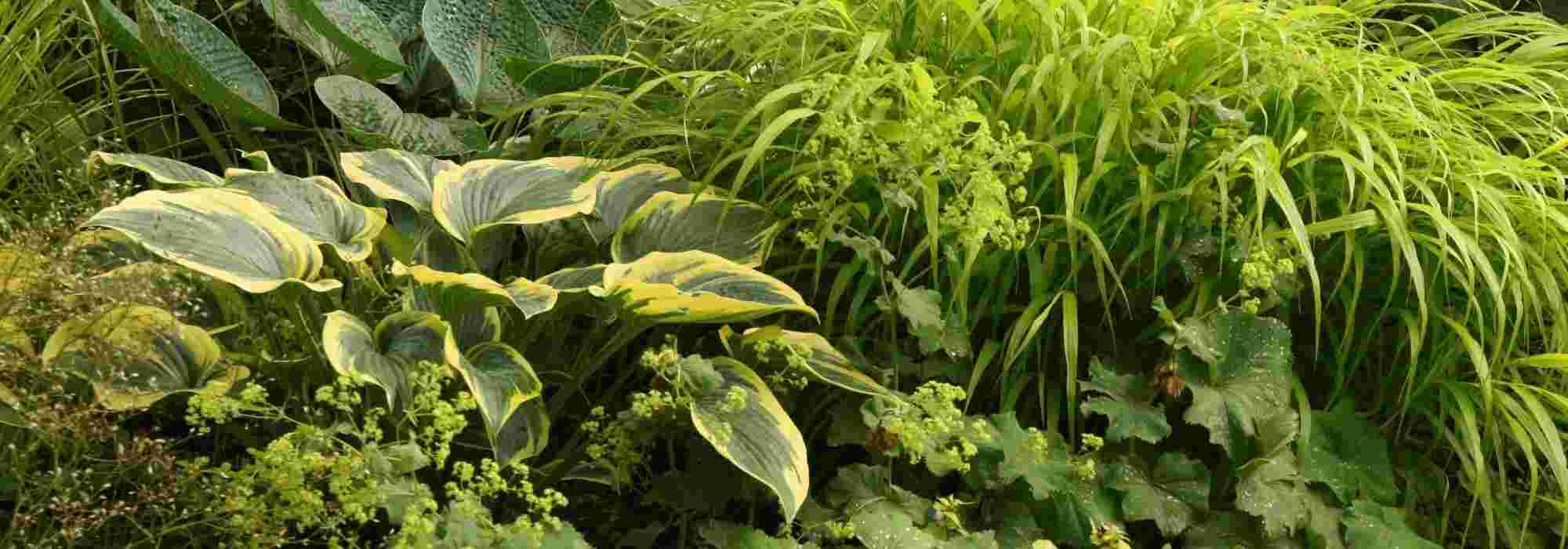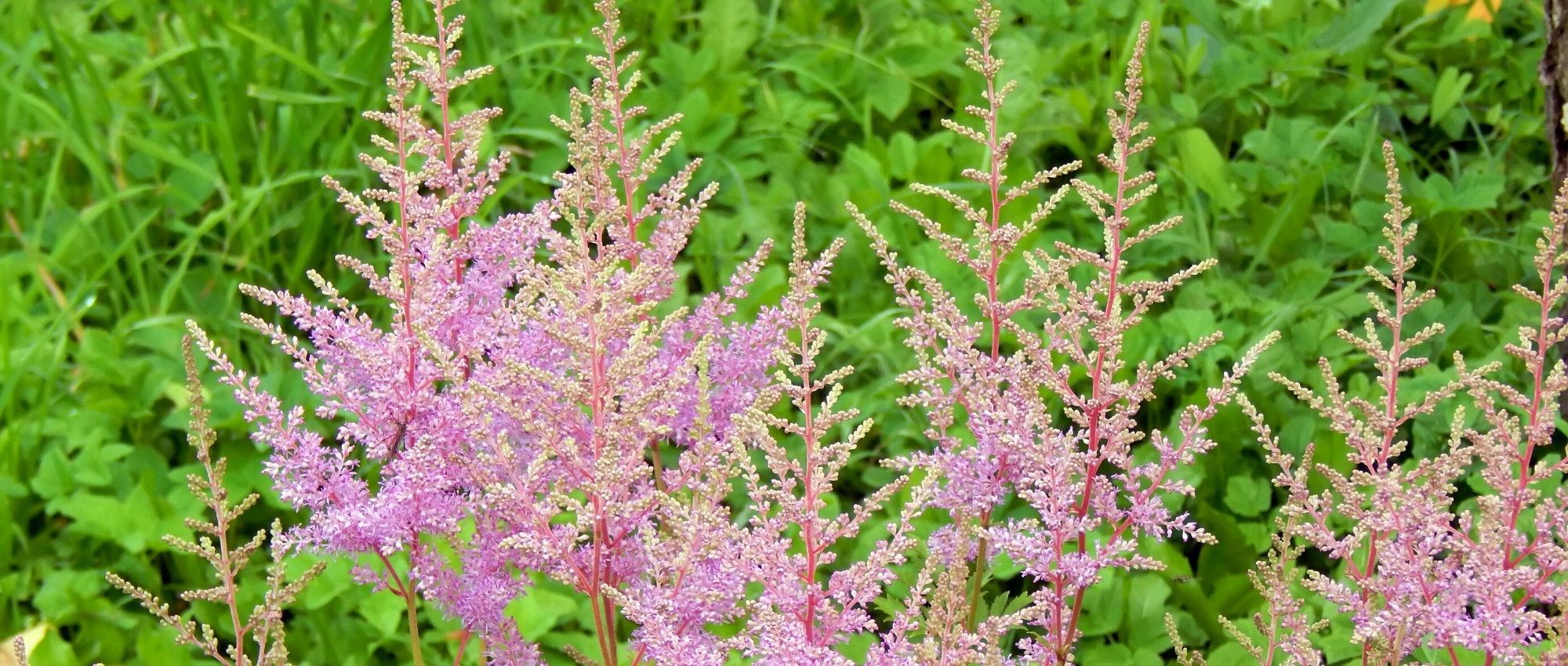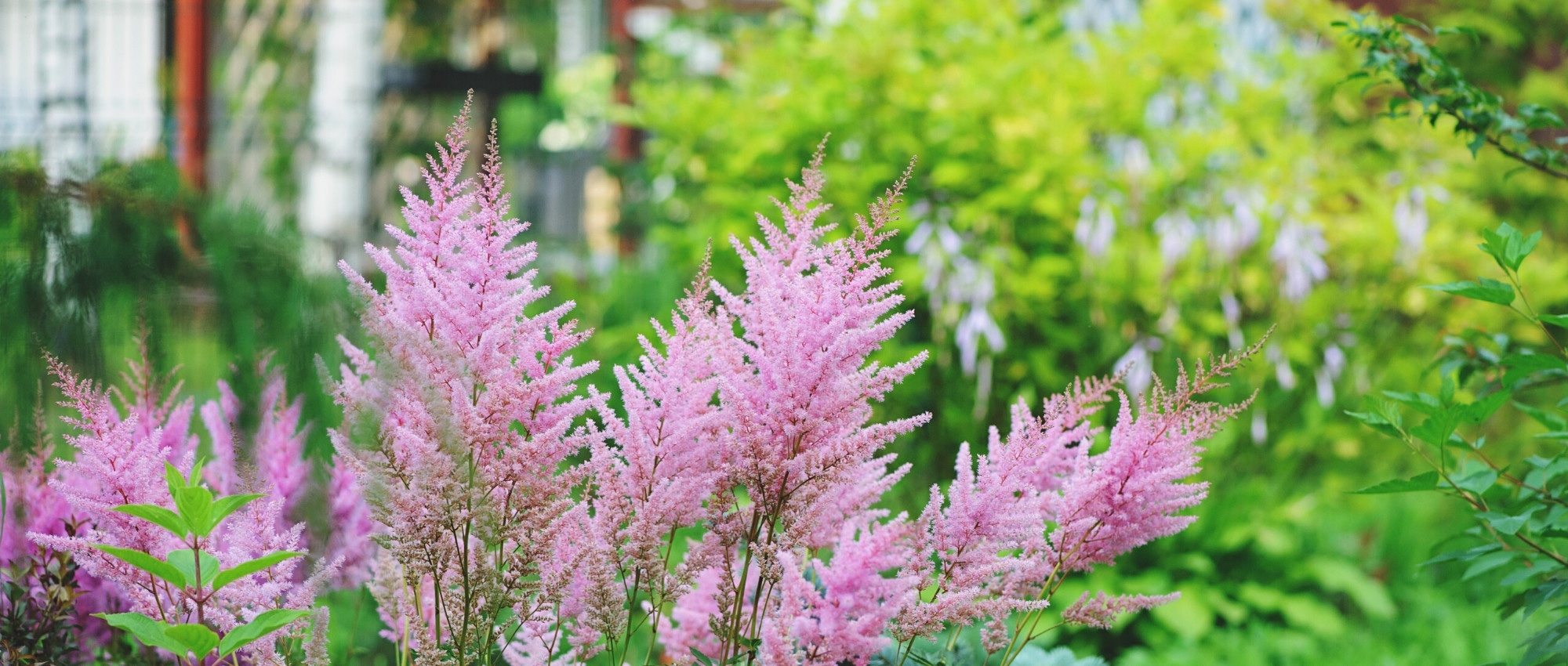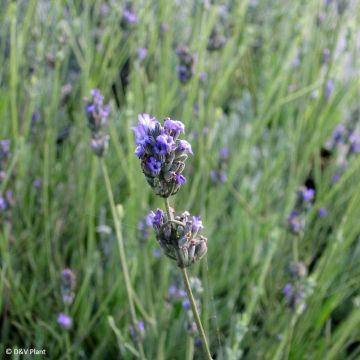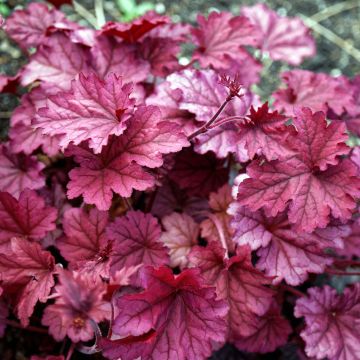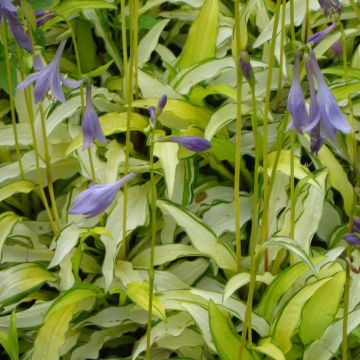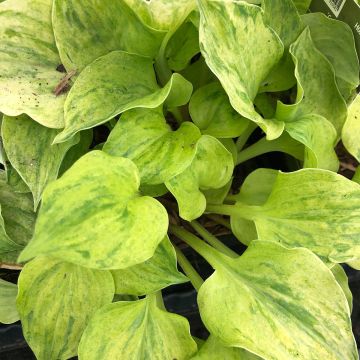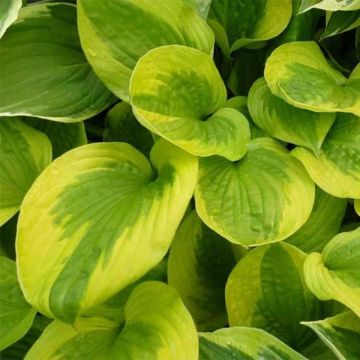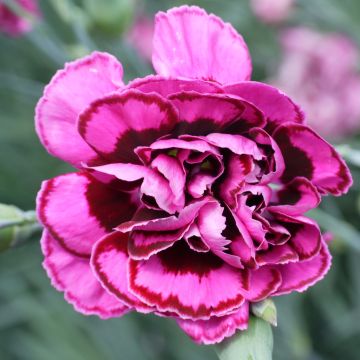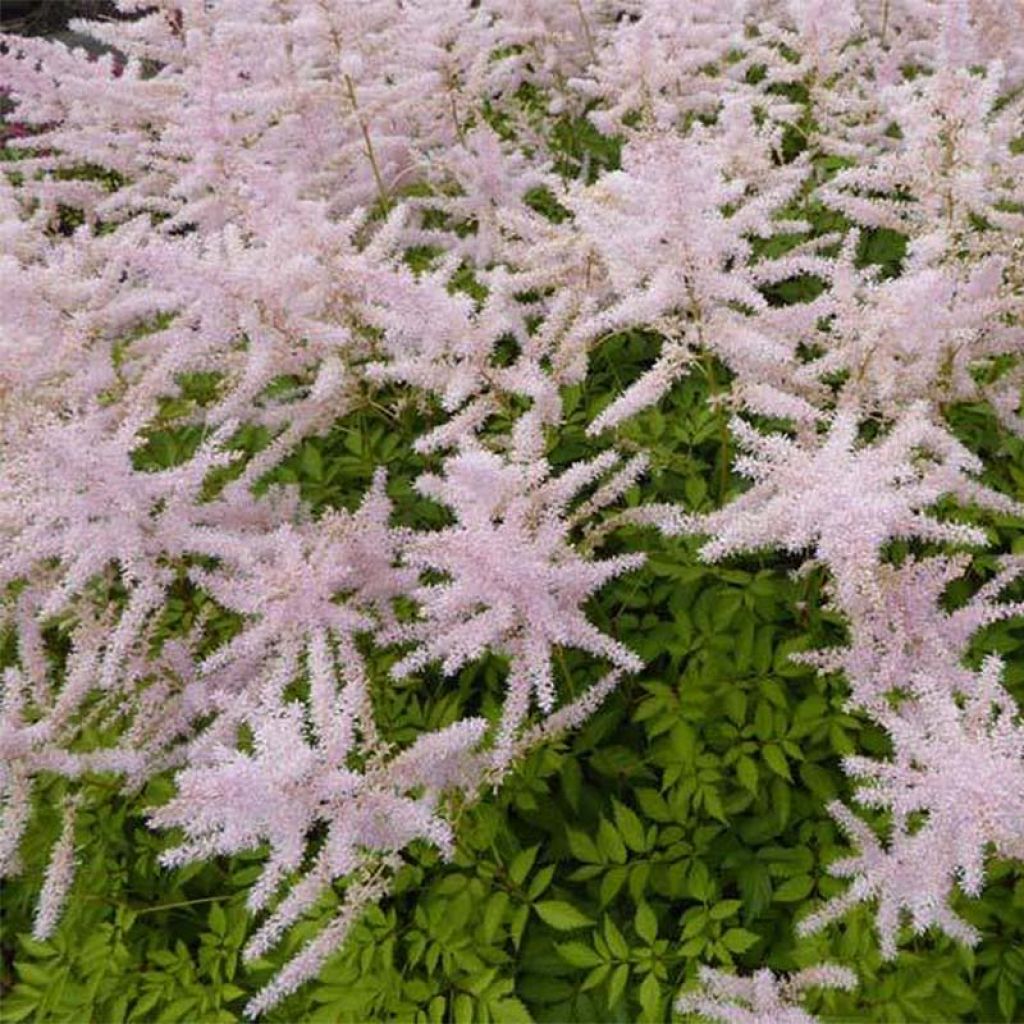

Astilbe arendsii Walkure
Astilbe arendsii Walkure
Astilbe x arendsii Walkure
Arendsii Astilbe, False Goat's Beard, False Spirea
A lovely vine-plant upon reception, it thrives perfectly well in a shaded yet bright corner. The photos will come if the flowering is abundant!
Alexis, 28/04/2021
Special offer!
Receive a €20 voucher for any order over €90 (excluding delivery costs, credit notes, and plastic-free options)!
1- Add your favorite plants to your cart.
2- Once you have reached €90, confirm your order (you can even choose the delivery date!).
3- As soon as your order is shipped, you will receive an email containing your voucher code, valid for 3 months (90 days).
Your voucher is unique and can only be used once, for any order with a minimum value of €20, excluding delivery costs.
Can be combined with other current offers, non-divisible and non-refundable.
Why not try an alternative variety in stock?
View all →This plant carries a 12 months recovery warranty
More information
We guarantee the quality of our plants for a full growing cycle, and will replace at our expense any plant that fails to recover under normal climatic and planting conditions.
Would this plant suit my garden?
Set up your Plantfit profile →
Description
Astilbe arendsii Walkure, also known as Arends' Astilbe, is a hybrid with early flowering. From June, its long pale peach-pink panicles will brighten up the surroundings of water features, shady gardens, wet areas of the garden, or a large container kept moist on the terrace. Its feathery plume-like inflorescences remain very attractive as cut flowers or in dried bouquets. The foliage takes on lovely colours in autumn. For moist soils.
Arends' Astilbe is a rhizomatous perennial plant, with an upright tufted habit and deciduous compound foliage with toothed dark green leaflets. It reaches a height of 60 cm (24in) when in flower and spreads to 40 to 50 cm (16 to 20in). A long-lived plant, it belongs to the Saxifragaceae family. It is one of the many hybrids created in Germany by Georg Arends, obtained from four species originating from East Asia (A. astilboides, A. davidii, A. japonica, A. thunbergii).
Plant Astilbe ardensii in moist to wet, rich, neutral to acidic soil. This hybrid does not tolerate a lack of water. The plant adapts well to clayey soils if they are healthy and fertile. Note that Astilbes do not tolerate winter flooding well. Plant Astilbe arendsii in partial shade or in a sunny but not scorching location: in nature, these plants grow in moist woodlands. Daily watering will be necessary in hot summers. Astilbe arendsii can easily be grown in containers, in flower beds, as borders, used as cut flowers, and dried flowers. In woodlands and of course in flower beds. Combine them with Hostas, Ferns (Athyrium filix-femina), Arums, Cape Lilies (Schizostylis coccinea), and Meadowsweets (Filipendula) or other waterside perennials.
Arends' hybrids present less risk of allergies than other Astilbes. In Asia, dried leaves are sometimes used as a substitute for tea, and young stems are cooked and eaten.
Astilbe arendsii Walkure in pictures
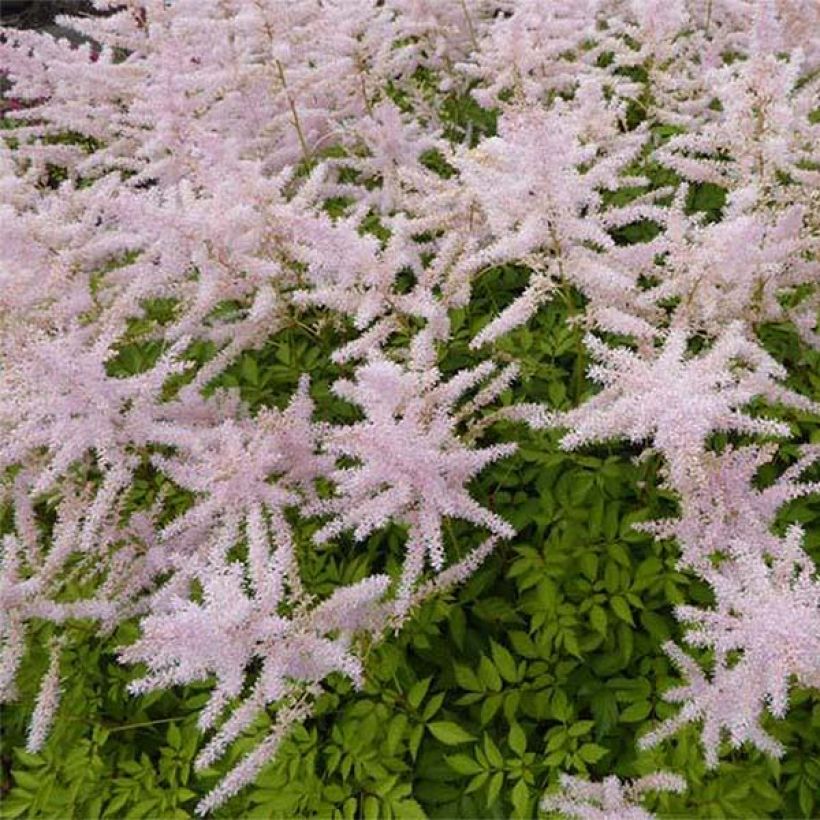

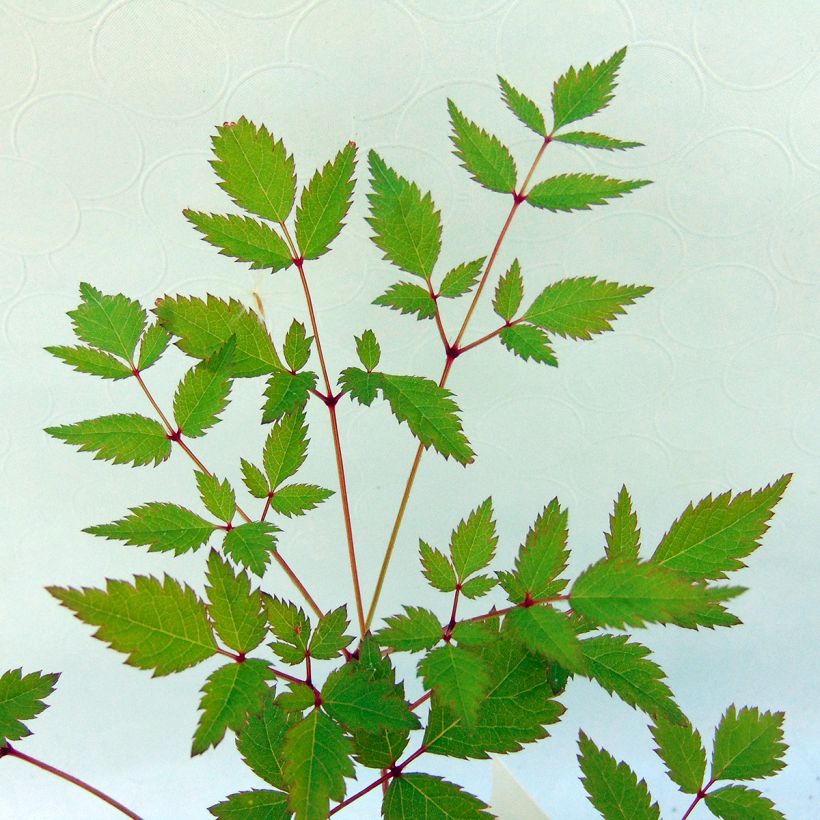

Flowering
Foliage
Plant habit
Botanical data
Astilbe
x arendsii
Walkure
Saxifragaceae
Arendsii Astilbe, False Goat's Beard, False Spirea
Cultivar or hybrid
Other Astilbe - False Goatsbeard
View all →Planting and care
Astilbe thrives in partial shade. You can place it in mild sunlight, but avoid the hot midday hours. It is a trouble-free plant. Plant it in spring or autumn in cool, moist, but well-drained soil, rich in organic matter. It is a perennial that prefers fertile soils. You can plant it in a marshy area. Do not plant in limestone soil as it is sensitive to drying out. To plant, work the soil well in a 20 cm (8in) area, and place a base fertiliser at the bottom of the planting hole. Remove your plant from its pot and position by covering the top of the root ball with 3 cm (1in) of soil. Then fill in and water abundantly to eliminate air pockets. In dry weather, water regularly for a few weeks to aid rooting. Astilbe requires very little maintenance, just keep the soil moist and add compost and fertilizer in spring. In winter the flowers and young foliage can be damaged by spring frosts.
Planting period
Intended location
Care
Planting & care advice
-
, onOrder confirmed
Reply from on Promesse de fleurs
Similar products
Haven't found what you were looking for?
Hardiness is the lowest winter temperature a plant can endure without suffering serious damage or even dying. However, hardiness is affected by location (a sheltered area, such as a patio), protection (winter cover) and soil type (hardiness is improved by well-drained soil).

Photo Sharing Terms & Conditions
In order to encourage gardeners to interact and share their experiences, Promesse de fleurs offers various media enabling content to be uploaded onto its Site - in particular via the ‘Photo sharing’ module.
The User agrees to refrain from:
- Posting any content that is illegal, prejudicial, insulting, racist, inciteful to hatred, revisionist, contrary to public decency, that infringes on privacy or on the privacy rights of third parties, in particular the publicity rights of persons and goods, intellectual property rights, or the right to privacy.
- Submitting content on behalf of a third party;
- Impersonate the identity of a third party and/or publish any personal information about a third party;
In general, the User undertakes to refrain from any unethical behaviour.
All Content (in particular text, comments, files, images, photos, videos, creative works, etc.), which may be subject to property or intellectual property rights, image or other private rights, shall remain the property of the User, subject to the limited rights granted by the terms of the licence granted by Promesse de fleurs as stated below. Users are at liberty to publish or not to publish such Content on the Site, notably via the ‘Photo Sharing’ facility, and accept that this Content shall be made public and freely accessible, notably on the Internet.
Users further acknowledge, undertake to have ,and guarantee that they hold all necessary rights and permissions to publish such material on the Site, in particular with regard to the legislation in force pertaining to any privacy, property, intellectual property, image, or contractual rights, or rights of any other nature. By publishing such Content on the Site, Users acknowledge accepting full liability as publishers of the Content within the meaning of the law, and grant Promesse de fleurs, free of charge, an inclusive, worldwide licence for the said Content for the entire duration of its publication, including all reproduction, representation, up/downloading, displaying, performing, transmission, and storage rights.
Users also grant permission for their name to be linked to the Content and accept that this link may not always be made available.
By engaging in posting material, Users consent to their Content becoming automatically accessible on the Internet, in particular on other sites and/or blogs and/or web pages of the Promesse de fleurs site, including in particular social pages and the Promesse de fleurs catalogue.
Users may secure the removal of entrusted content free of charge by issuing a simple request via our contact form.
The flowering period indicated on our website applies to countries and regions located in USDA zone 8 (France, the United Kingdom, Ireland, the Netherlands, etc.)
It will vary according to where you live:
- In zones 9 to 10 (Italy, Spain, Greece, etc.), flowering will occur about 2 to 4 weeks earlier.
- In zones 6 to 7 (Germany, Poland, Slovenia, and lower mountainous regions), flowering will be delayed by 2 to 3 weeks.
- In zone 5 (Central Europe, Scandinavia), blooming will be delayed by 3 to 5 weeks.
In temperate climates, pruning of spring-flowering shrubs (forsythia, spireas, etc.) should be done just after flowering.
Pruning of summer-flowering shrubs (Indian Lilac, Perovskia, etc.) can be done in winter or spring.
In cold regions as well as with frost-sensitive plants, avoid pruning too early when severe frosts may still occur.
The planting period indicated on our website applies to countries and regions located in USDA zone 8 (France, United Kingdom, Ireland, Netherlands).
It will vary according to where you live:
- In Mediterranean zones (Marseille, Madrid, Milan, etc.), autumn and winter are the best planting periods.
- In continental zones (Strasbourg, Munich, Vienna, etc.), delay planting by 2 to 3 weeks in spring and bring it forward by 2 to 4 weeks in autumn.
- In mountainous regions (the Alps, Pyrenees, Carpathians, etc.), it is best to plant in late spring (May-June) or late summer (August-September).
The harvesting period indicated on our website applies to countries and regions in USDA zone 8 (France, England, Ireland, the Netherlands).
In colder areas (Scandinavia, Poland, Austria...) fruit and vegetable harvests are likely to be delayed by 3-4 weeks.
In warmer areas (Italy, Spain, Greece, etc.), harvesting will probably take place earlier, depending on weather conditions.
The sowing periods indicated on our website apply to countries and regions within USDA Zone 8 (France, UK, Ireland, Netherlands).
In colder areas (Scandinavia, Poland, Austria...), delay any outdoor sowing by 3-4 weeks, or sow under glass.
In warmer climes (Italy, Spain, Greece, etc.), bring outdoor sowing forward by a few weeks.






























